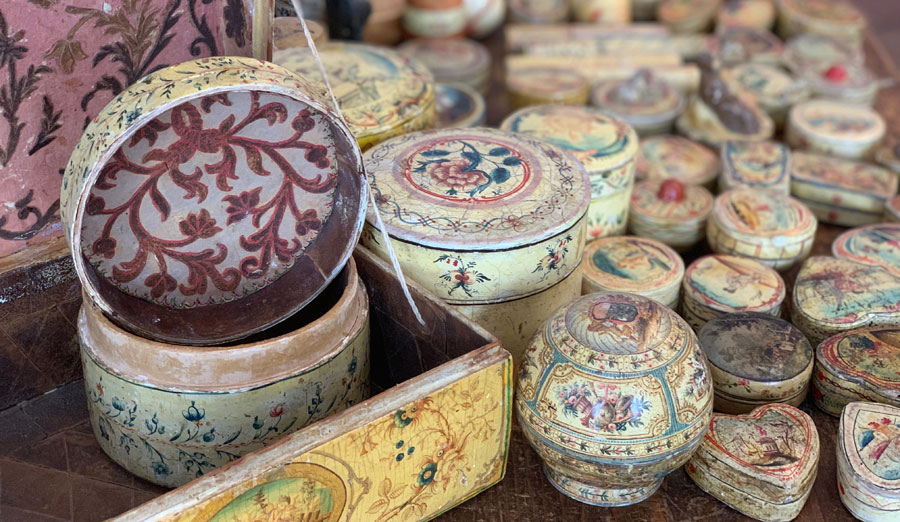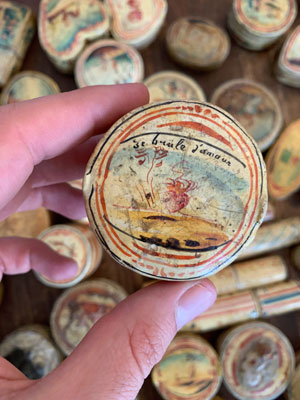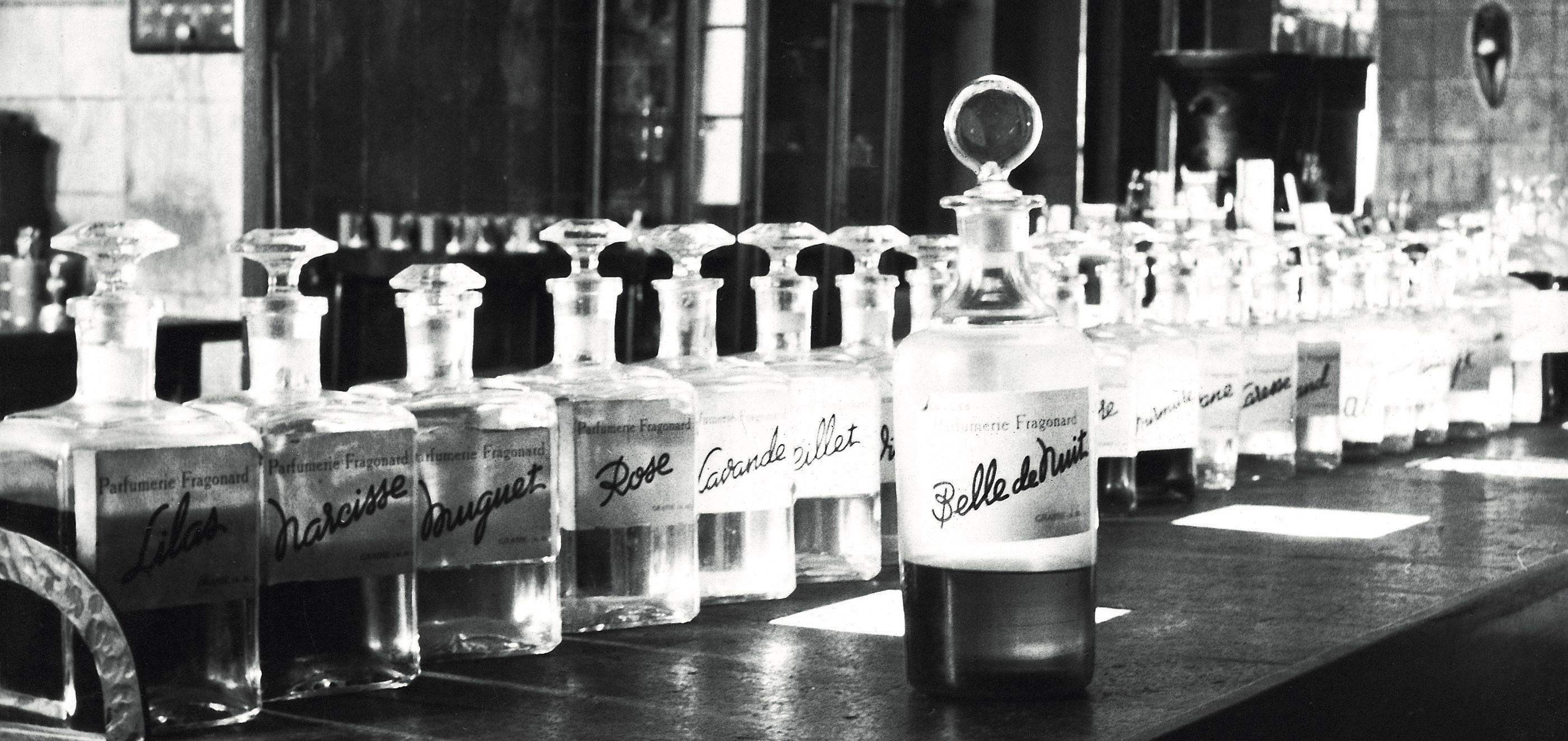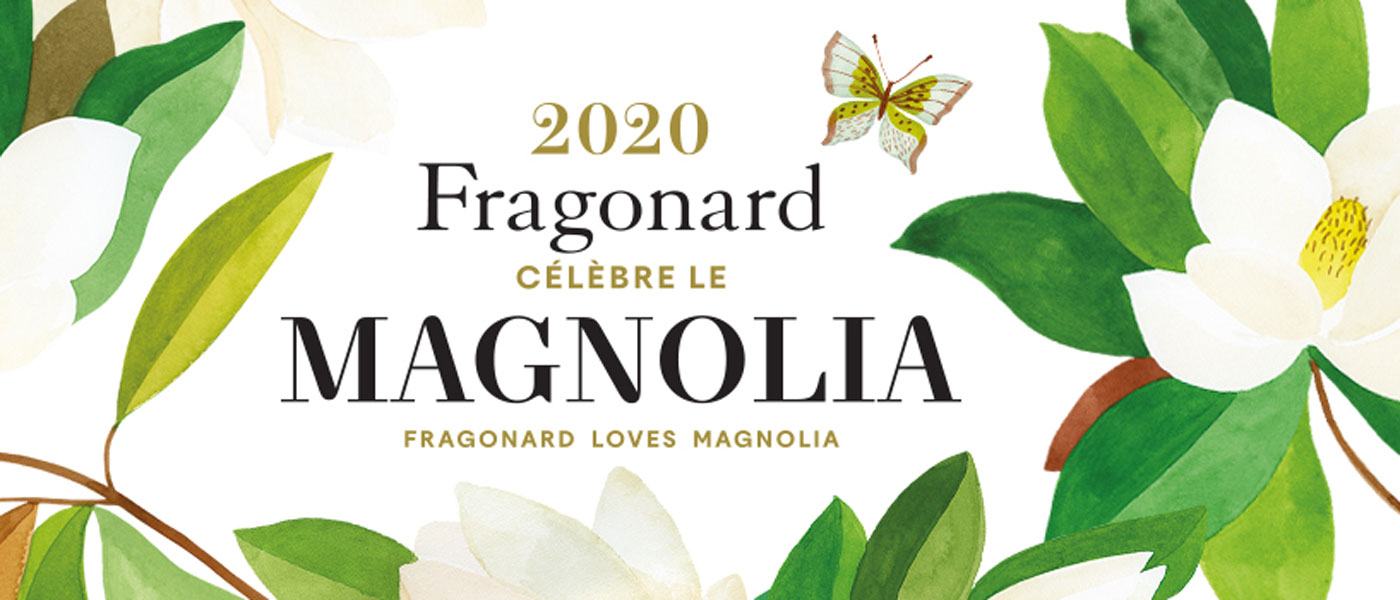
 In the court of Louis XV, nicknamed “the perfumed court“, women raved over elegant containers such as fragrance cases, beauty spot cases, powder cases, wig boxes, make-up cases, tobacco cases and little sweet boxes. From the Regency onwards, local craftsmen from the Grasse region, where bergamot was grown for perfumery, came up with the idea of using fragrant fruit bark to produce little cases. The bark was detached from the fruit, turned inside out, then dried on a wooden mandrel to shape it. Once stiff, it was covered in cardboard, coated with chalk and glue, then decorated with painted and varnished patterns. The case came in spherical, flat, oval, heart, boat, basket and rectangular shapes, or in the shape of famous characters.
In the court of Louis XV, nicknamed “the perfumed court“, women raved over elegant containers such as fragrance cases, beauty spot cases, powder cases, wig boxes, make-up cases, tobacco cases and little sweet boxes. From the Regency onwards, local craftsmen from the Grasse region, where bergamot was grown for perfumery, came up with the idea of using fragrant fruit bark to produce little cases. The bark was detached from the fruit, turned inside out, then dried on a wooden mandrel to shape it. Once stiff, it was covered in cardboard, coated with chalk and glue, then decorated with painted and varnished patterns. The case came in spherical, flat, oval, heart, boat, basket and rectangular shapes, or in the shape of famous characters.
The “Bergamotes” were adorned with delicate landscapes, rock gardens, genre scenes, various patterns, musical instruments, animals, saints or effigies of kings and queens. The decoration corresponded resolutely to 18th-century taste, even for cases produced in the 19th century. The cases were often offered as romantic gifts and bore messages of affection or gallant love, with little words symbolizing waiting or passing time. The industrial era sounded the death knell of this Grasse-born invention in the 1850’s.



